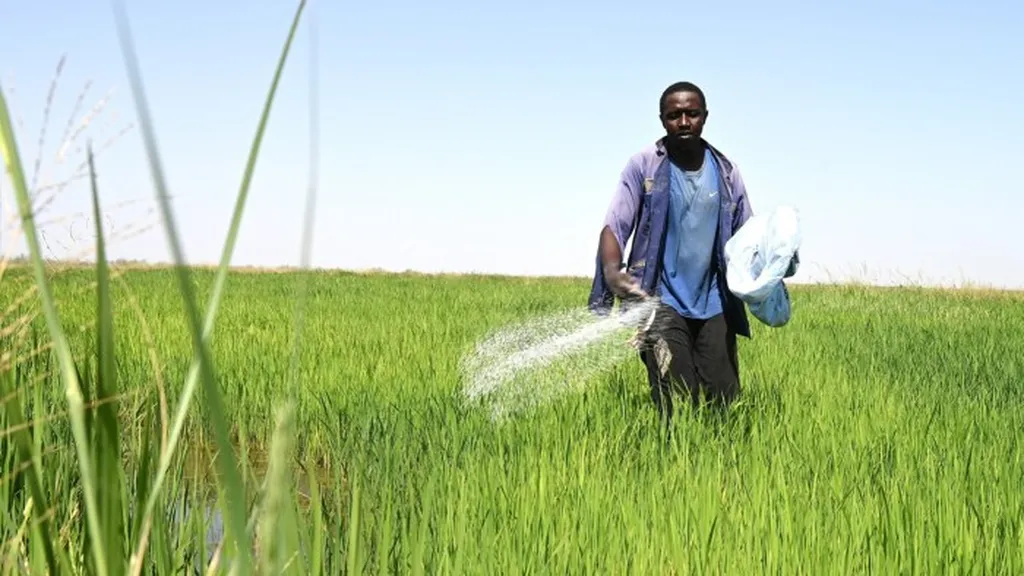In the heart of India’s agricultural landscape, a technological revolution is brewing, one that promises to empower farmers and bolster economic growth. At the forefront of this transformation is Karthick Mookkandi, a researcher from the Department of Electronics and Communication Engineering at the National Institute of Technology Puducherry. His latest study, published in the journal *AgriEngineering* (translated to English as “Agricultural Engineering”), introduces a cutting-edge deep neural network (DNN) approach designed to identify leaf diseases in paddy crops at an early stage. This innovation could significantly impact the agricultural sector, particularly in regions where paddy crops are a staple.
Mookkandi’s research addresses a critical challenge in modern agriculture: the detection and classification of crop diseases. Traditional methods often fall short in terms of accuracy and timeliness, but Mookkandi’s hybrid deep learning model offers a promising solution. The model comprises several key components: feature extraction, channel attention, inception with residual blocks, and a classification module. “Channel attention and inception with residual blocks help extract comprehensive information about the crops and potential diseases,” Mookkandi explains. This detailed analysis allows for more accurate and early detection of diseases, which is crucial for preventing yield loss.
The model’s performance is impressive, with training, validation, and testing accuracies of 99.91%, 99.87%, and 99.49%, respectively. These results were achieved using a dataset of 7,857 paddy crop images, sourced from local paddy fields and freely available open sources. The model’s robustness was further validated through an ablation study and testing with noisy data. “The model’s classification performance was evaluated for other agricultural data, such as mango, maize, and wheat diseases,” Mookkandi adds, highlighting the versatility of the approach.
The implications of this research are far-reaching. Early detection of diseases can lead to timely interventions, reducing crop loss and improving yield. This, in turn, can enhance food security and contribute to economic growth. “These research outcomes can empower farmers with smarter agricultural practices,” Mookkandi states, underscoring the potential impact on livelihoods and the broader economy.
Beyond paddy crops, the model’s ability to classify diseases in other crops like mango, maize, and wheat suggests a scalable solution for diverse agricultural needs. This versatility could make the technology a valuable tool for farmers and agricultural businesses worldwide, particularly in regions grappling with climate variability and biotic factors such as pests and diseases.
The study’s findings were published in *AgriEngineering*, a testament to the rigorous peer-review process and the significance of the research. As the agricultural sector continues to evolve, innovations like Mookkandi’s deep neural network could pave the way for more sustainable and efficient farming practices. By harnessing the power of deep learning, farmers can make data-driven decisions that enhance productivity and resilience in the face of environmental challenges.
In the quest for smarter agriculture, Mookkandi’s research stands out as a beacon of innovation. As the technology is further refined and adopted, it has the potential to revolutionize the way we approach crop disease management, ultimately contributing to a more secure and prosperous future for farmers and the agricultural industry as a whole.

